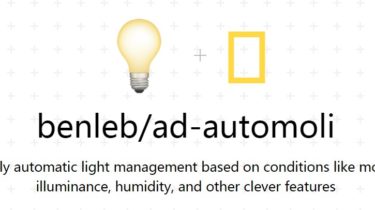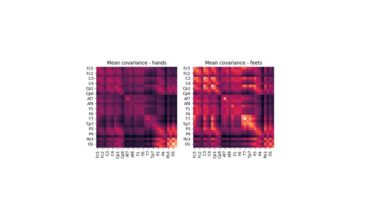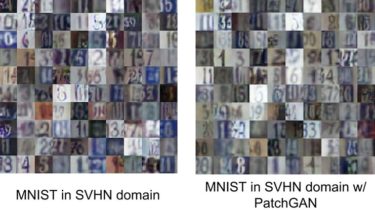A minimal and ridiculously good looking command-line-interface toolkit
Pyceo Pyceo is a Python package for creating beautiful, composable, and ridiculously good looking command-line-user-interfaces without having to write any extra code. Made for interfacing with humans. Arbitrary nesting and composition of commands. Automatic help page generation. No need to redeclare paramaters and options with decorators, just write Python methods. The help of a command is its docstring. Usage Declare a class that inherits from pyceo.Cli. Every method/attribute that does not starts with an underscore will be a command. from […]
Read more








